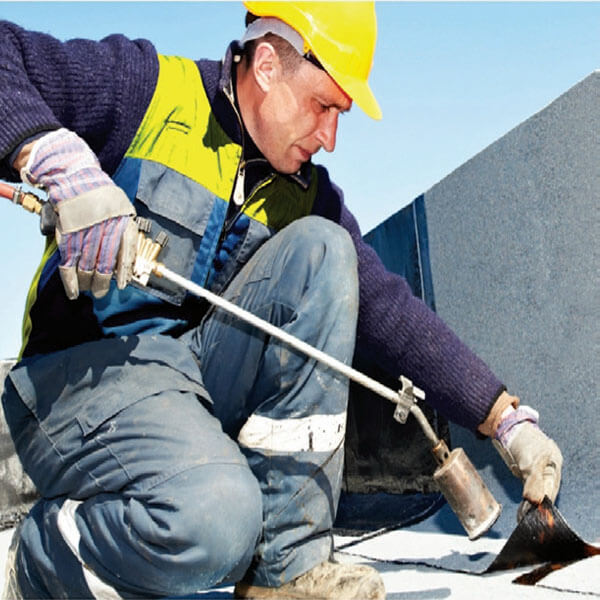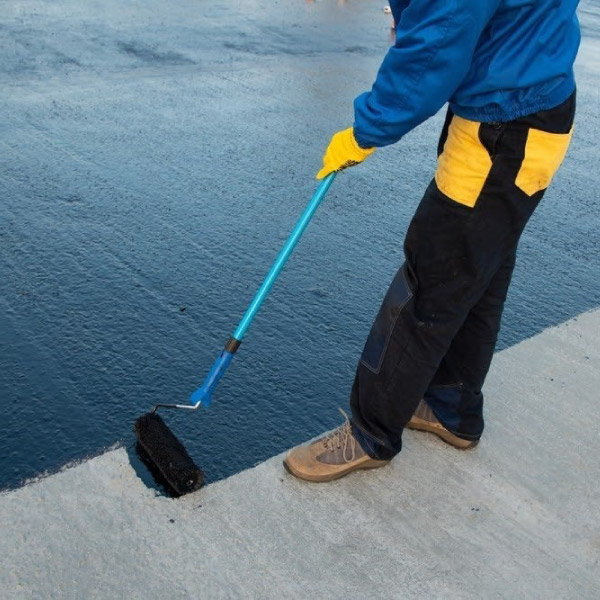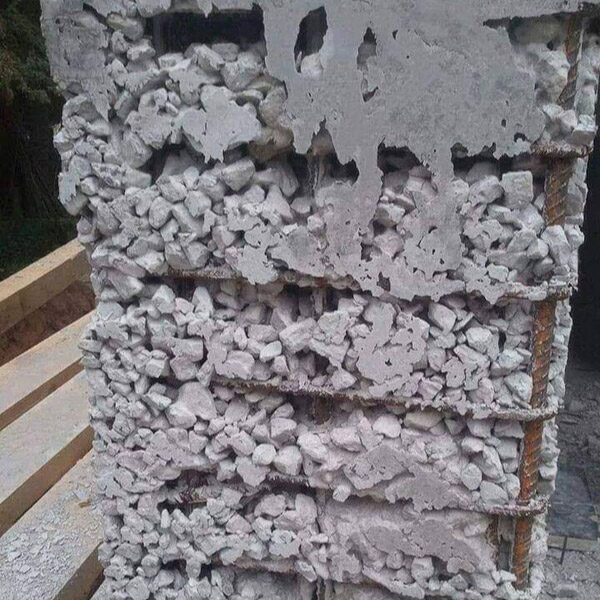Services
Services
Commercial and Residential Structural Waterproofing Works
Structural Repair and Rehabilitation Works
Planning & Estimation
Painting & Designing
Roofing shingles and roof tiles application works
Structural Flooring Installation (Tiles, Granite, Marble, Cladding Stones)
Solar panels
Interior & Exterior Design
Interior Design
Industrial Flooring or Epoxy Flooring application works
Security Systems and solutions
3D,4D,5D,6D,7D Customized Wall Paper
Pest control works
Floor Tiling Accessories
Trading of all types of waterproofing and construction chemicals
Specialization
Waterproofing and Repair works
The primary objective of TECHFANS is to provide products with innovative solutions to their onsite challenges when it comes to waterproofing. Highly qualified and experienced technical staff are used to fulfill customer requirements onsite. This empowers TECHFANS to be a leading innovative waterproofing solutions provider. Waterproofing in buildings and structures is generally required for the basement of the structure, walls, bathrooms, kitchen, balconies, decks, terraces or roofs, green roofs, water tanks, swimming pools, etc. There are many different types of waterproofing products available in the market from many different companies.

Types of Waterproofing Methods for Buildings
Bituminous Membrane Waterproofing Method
Bituminous membrane waterproofing is a popular method used for low sloped roofs and sunken areas due to their proven performance. Bituminous waterproofing membrane have Torch on membrane and self adhesive membrane. Self adhesive compounds comprise asphalt, polymers and filler; additionally, certain resins and oils may be added to improve adhesion characteristics. The self adhesive type has low shelf life as bonding properties of the membrane reduces with time. Torch on membrane have exposed and covered types. Exposed membrane often has mineral granular aggregate to withstand the wear and tear of the weathering and the other types of membrane, contractor need to apply one protective screed to prevent the puncture of the membrane.


Bituminous Coating Waterproofing Method
Its flexibility and protection against water can be influenced by the polymer grade as well as reinforcement of fibber. Bituminous coating is also called as asphalt coating. Bituminous coating is a type of coating used for waterproofing and flexible protective coat in accordance with its formulation and polymerization grade. It is an excellent protective coating and waterproofing agent, especially on surfaces such as concrete foundations. Bituminous coating is made of bitumen based materials and it is not suitable for expose to sunlight.
Polyurethane Liquid Membrane Waterproofing Method
Polyurethane liquid membrane method of waterproofing is used for roof area exposed to weathering. This waterproofing method is expensive. Polyurethane Liquid Membrane can offer higher flexibility. Polyurethane is very sensitive to moisture content present, therefore before application, one has to be very careful evaluating the moisture content of the concrete slab, otherwise peeling or de-bonding of membrane may happen after some time.


Cementitious Waterproofing Method
Cementitious waterproofing is the easiest method of waterproofing in construction. The materials for cementitious waterproofing is easily available from suppliers of masonry products, and they’re easy to mix and apply. This method is often used in the internal wet areas such as toilets. This method is usually a rigid or semi flexible type waterproofing, but since it is used in internal areas such as toilets, it is not exposed to sunlight and weathering. Thus Cementitious waterproofing does not go through contract and expansion process.
Liquid Waterproofing Membrane Method
Liquid membrane is a thin coating which consists of usually a primer coat and two coats of top coats which are applied by spray, roller, or trowel. It offers more flexibility than the cementitious types of waterproofing. Liquid waterproofing membrane can be of spray applied liquid membrane composed of polymer modified asphalt. Polyurethane liquid membrane in separate grades for trowel, roller, or spray are also available from various manufacturers.


Polyuria Waterproofing Membrane
Polyurea coating found applications in myriad of industry branches due to its extraordinary properties. The first uses were connected with polyuria coating as safety measures against explosions and fire arm shots, and additionally as protection for PUR foam against UV radiation. Contemporarily polyuria is material used in many branches of economy such as construction, energy, fuels, naval industry, waste industry, ballistic industry, etc. Selected, specific applications for polyuria coating, which are found around the world.
Types of Repair Works
Honeycomb in structural concretes
Honeycomb refers to voids in concrete caused by the mortar not filling the spaces between the course aggregate particles. Concrete Honeycomb is normally seen at the column and beam junction due to overcrowding of reinforcement bars which leads to poor concrete fill. The major reasons for honeycomb is over reinforcement, inappropriate workability of concrete, use of stiff concrete mix etc.This damage area will be treated by pressure grouting method.


Structural concrete Cracks
Cracks in a building are common occurrence. A building component develops cracks whenever stress in the component exceeds its strength.
Cracks are classified into two
1, Structural cracks or major cracks
2, Non structural cracks or minor cracks.
Major reason for cracks is drying shrinkage, Thermal contraction or expansion, Settlement, Lack of appropriate control joints.
Structural cracks or major cracks can be treated by epoxy injection method.
Minor cracks are those which are superficial in nature and do not penetrate deep into the structure. It can be treated by RCC.
RISING Dampness
Rising damp occurs when ground water rises through capillaries in masonry to saturate it. To prevent this, modern homes are built with a DPC (Damp-Proof Course). Compared to penetrating damp or dampness caused by excess condensation, rising damp is relatively rare. Dampness levels are checked by moisture content machine and Techfans provide appropriate treatment for dampness like capillary action.


Concrete Spalling Treatment
Concrete Spalling is the breakdown of concrete via natural weathering and/or chemical reaction that results in sections of cement chipping off the main body – often resulting in fractured, compromised concrete. Spalling looks like pitted acne scarring and breaks off in flecks which can expose rebar. Techfans is providing a proper treatment for this issues.
Columns and Beams Strengthening by Jacketing
Jacketing has been considered as one of the important methods for strengthening and repairing of RC beams and columns. Jacketing of RC beams and columns is done by enlarging the existing cross section with a new layer of concrete that is reinforced with both longitudinal and transverse reinforcement.


PEST CONTROL
Pest control is the process of managing and preventing pests, such as insects, rodents, and other animals, from causing damage to crops, buildings, and other areas. There are a variety of pest control methods, including physical methods such as traps and barriers, and chemical methods such as pesticides.
